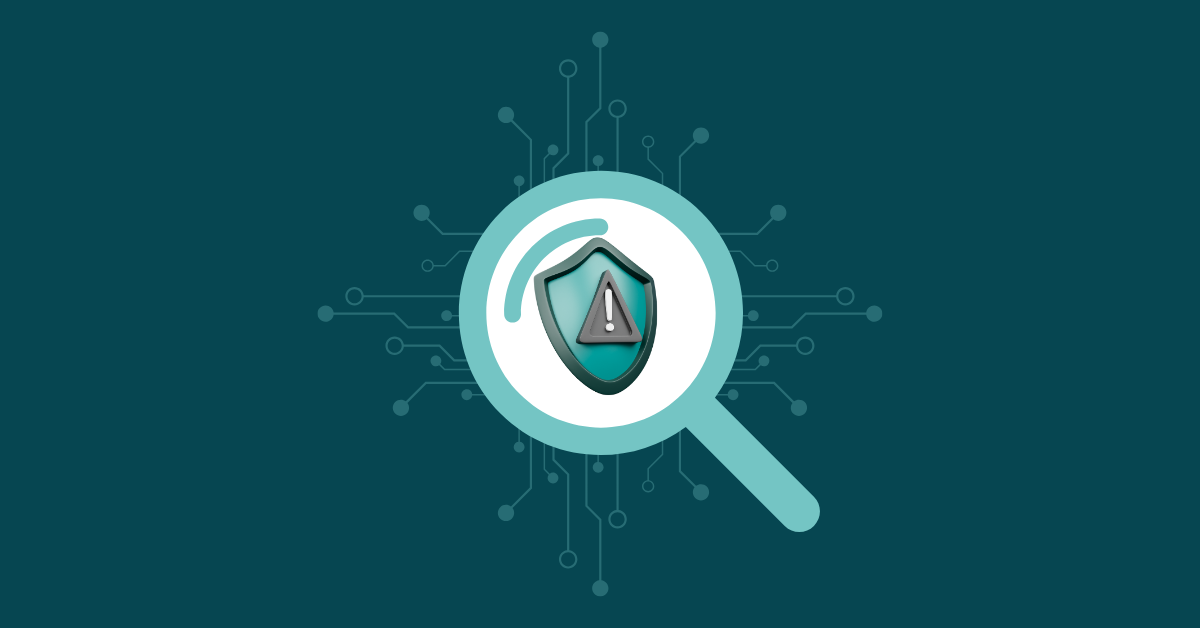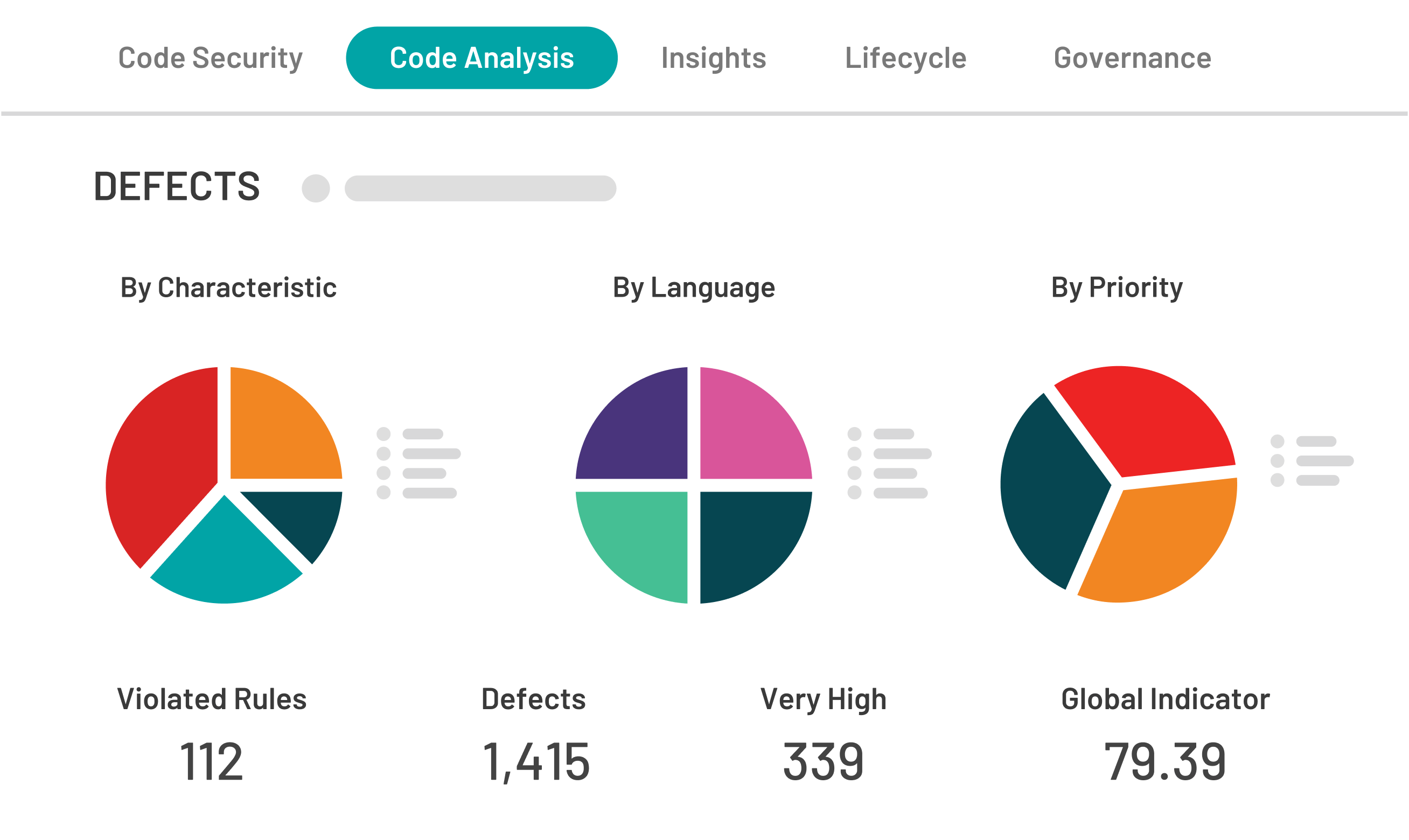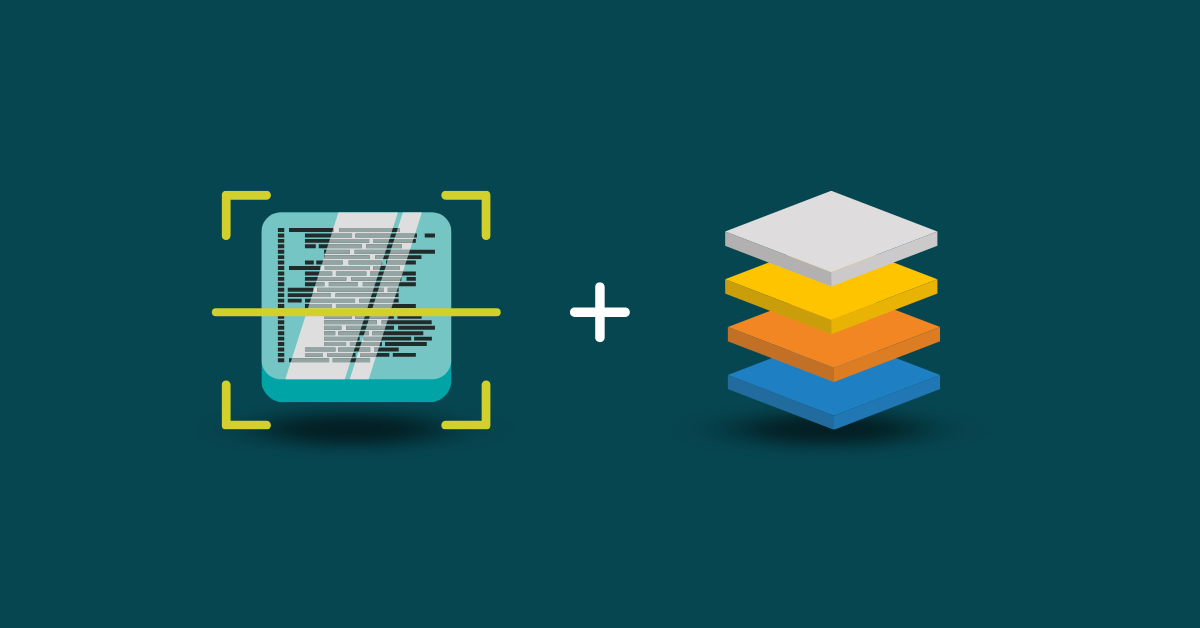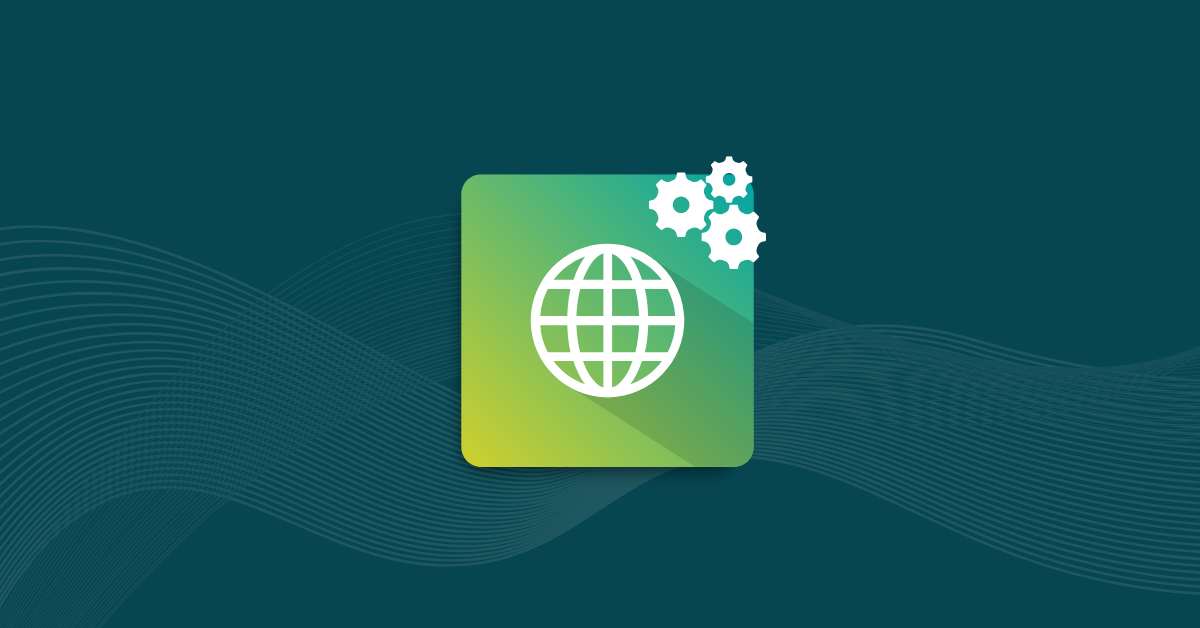

Cybercrime is an ever-evolving world of constant change as cybercriminals continue to develop increasingly dangerous and sophisticated attacks. In particular, data breaches plagued dozens of well-known organizations around the world in 2018, with the single largest attack affecting marketing firm Exactis. Fortunately, while the tactics used by cybercriminals are constantly changing, the field of cybersecurity is also constantly evolving to meet the challenges posed by the latest cyber threats. This means that 2019 and 2020 will likely represent a time of continual change for the field of cybersecurity, which can make it difficult to know what we can expect to happen in the coming months. However, based on current trends, we can make predictions about likely events and trends that will take place in cybersecurity in the coming year. Here are 6 predictions for trends and activities we believe will take place in the cybersecurity landscape in 2019.
Continuing a trend from 2018, it is likely that rates of ransomware will continue to fall throughout 2019 and 2020. While ransomware will still continue to be a problem and pose a threat to businesses, hackers have shifted their focus to targeted attacks that are likely to generate more revenue. While ransomware was the dominate cybersecurity threat in 2017, affecting about 48% of businesses at the time, the next year saw a sharp decline in ransomware attacks with only 4% of businesses being affected by ransomware attacks in 2018. However, it is important to keep in mind in 2019 that while ransomware attacks are less common than they once were, ransomware is still a threat to businesses as it remains one of the most expensive cyber threats businesses face. As the year progresses, it is likely that rates of ransomware attacks will continue to drop, but ransomware attacks that do take place will be devastating and represent significant financial losses.
As websites work to stop increasingly sneaky cybercriminals from hacking into profiles and stealing user information, it is becoming more common for websites to offer users the option to use a two-factor authentication process in order to sign into one’s account. Two-factor authentication requires users to provide a second piece of identification such as an answer to a security question or a verification code received via text before being allowed to log in. Currently, this feature is being offered as an option by major websites such as Google and Facebook, and many financial institutions have made two-factor authentication a mandatory part of accessing one’s online banking. While two-factor authentication is not a perfect cybersecurity solution, it is likely that multi-factor authentication will become a mandatory part of logging into one’s online accounts, and placing transactions online, in the next year in an effort to enhance cybersecurity.
As artificial intelligence (AI) technology improves, it is likely that AI and machine learning will play an integral role in cybersecurity. In particular, AI will likely prove crucial in helping companies to defend themselves against cyberattacks, as AI software can help to automatically detect and neutralize threats before they can cause significant harm. Additionally, AI will also likely be increasingly used to perform simulated attacks on a network in order to find and fix system vulnerabilities that could be exploited by hackers. Unfortunately, it is also likely that artificial intelligence will be used by hackers to find these weaknesses and use them to deploy even more sophisticated AI-generated attacks. It is then likely that AI will play a major role in shaping the future of cybersecurity not only in the coming months, but also in the years to come as this technology becomes more sophisticated.
As cybercriminals continue to develop increasingly sophisticated methods of attack, it is estimated that cybersecurity spending will increase dramatically in the next 12 months. As organizations grow increasingly fearful of the cost and PR nightmare a security breach can pose, businesses are wisely investing more money into defending themselves against cyberattacks. In fact, it is estimated that businesses worldwide spent $114 billion on cybersecurity measures in 2018, and it is estimated that this number will likely increase to $124 billion in 2019 as businesses continue to defend themselves against attacks.
While no one is certain how it will start, evidence of international, government-sponsored, cyberattacks in recent years makes it likely that the threat of cyberwarfare will continue to grow in the next year. 2019 will likely see the world’s major powers using cyberattacks that will continue to destabilize already strained international relations. Whether these attacks take shape in the form of voter fraud or attacks on energy-supply grids, it is likely that international cyberwarfare could become more blatant and common in the coming year.
An increasingly common target of cyberattacks is the software and hardware supply-chain. Cybercriminals have begun implanting malware into legitimate software packages and updates at the plant, distribution location, or third-party facility. Any user who unknowingly uses the malicious version of the software will then find that their computer is automatically infected, and this could open them up to a wider data breach. There is also a risk that attackers could use hardware to send compromised components out to millions of users. The last year has seen a drastic increase in the number of supply-chain attacks, and it is likely that this number is only going to grow in the coming year. This makes it critical that companies that rely on partners and third-party vendors create vendor risk management processes that will help them to prevent such attacks in the future.
2019 and 2020 will continue to see hackers adapt as they try to develop more sophisticated attacks that will allow them to bypass current cybersecurity measures. Fortunately, cybersecurity professionals are continually innovating to find new ways to protect companies’ software, applications, and data from coming under attack. However, it is more important than ever that you have access to tools that will help you to mitigate security risks and vulnerabilities before problems arise.
At Kiuwan, we provide comprehensive solutions for application security that utilizes state-of-the-art security software to ensure that your applications are protected. Contact us if you would like to know more about the current state of cybersecurity as well as to learn about our security software.


